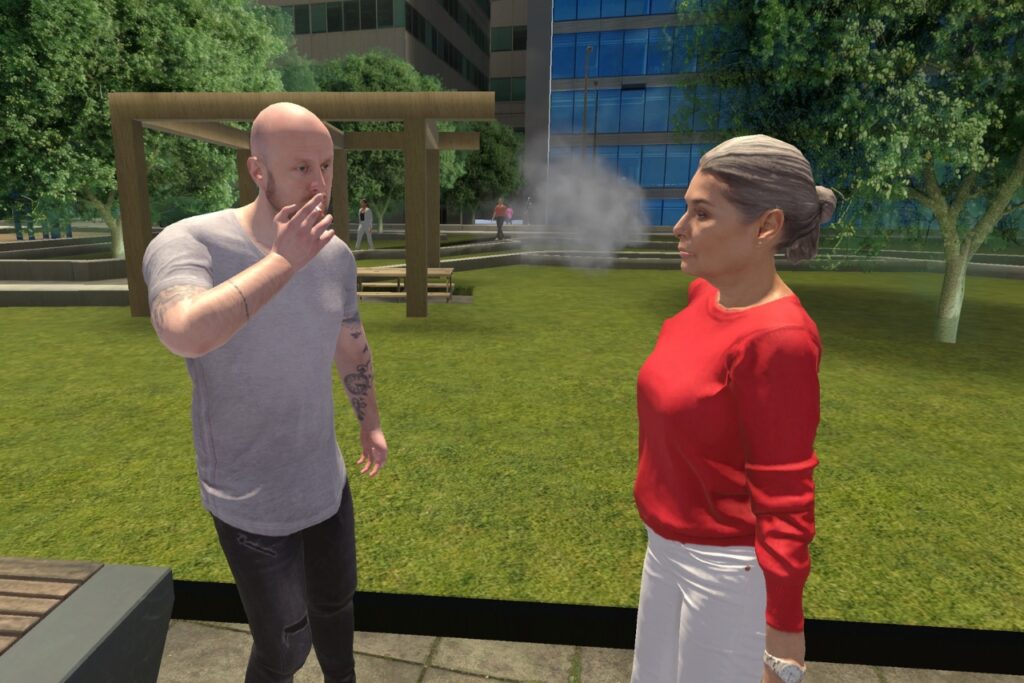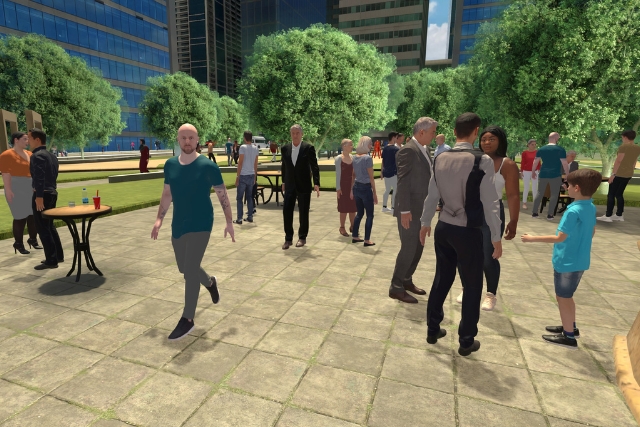Why such efficacy ?
1. Immersion
The user will be immersed in immersive environments designed to recreate situations that trigger addictive behavior.
2. Cognitive restructuring
They will eliminate automatic thoughts (“I can’t relax without a drink”) and rebuild positive thought patterns (“My stress will pass on its own”).
3. Repetition
Through repeated exposures, these patterns will become quickly and permanently ingrained in your mental functioning.
4. Progressiveness
The gradual increase in the difficulty of the environments will allow the user to progressively desensitize to the anxiety experienced and regain confidence in their abilities.
5. Personalization
With Artificial Intelligence, they will be supported and encouraged in a personalized way throughout the exposures.
Receive the C2Care method for free, combining Artificial Intelligence and Virtual Reality !
The AI revolution !
For remote practice ?
In remote settings, we focus on managing the triggers of addiction rather than treating the addiction itself. Our approach aims to help individuals identify and manage situations or emotions that may trigger addictive behaviors, using virtual reality tools to strengthen resilience and stress management skills. As a result, in a remote practice setting, exposure scenes related to addictions cannot be used.
The different addictive behaviors !
Alcohol
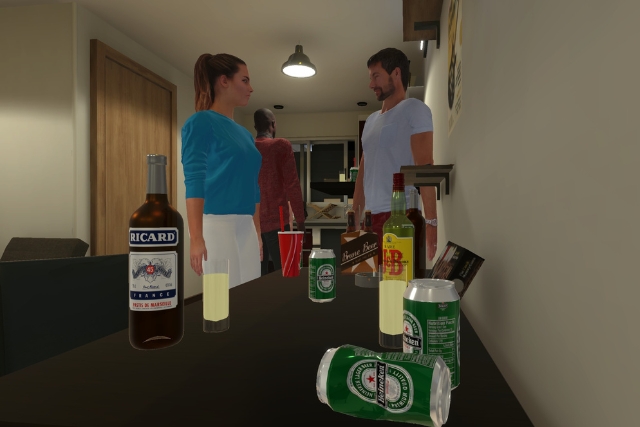
Alcohol
For some people, alcohol consumption is associated with celebrations, but it can also become an automatic response to moments of discomfort or tension. By facing cravings through exposure to various environments (terrace, casino, apartment party), synthetic stimuli activate dysfunctional thoughts and beliefs linked to this addictive behavior, facilitating cognitive restructuring.
Tobacco
Addictive behaviors related to tobacco combine physical dependence with psychological attachment, reinforced by daily rituals and stressful situations. Identifying these automatisms and adopting new strategies is key to breaking free from tobacco. Exposure to multiple craving stimuli in different environments, such as terraces, tobacco shops, or social gatherings, provides effective tools to modify these habits.
Tobacco
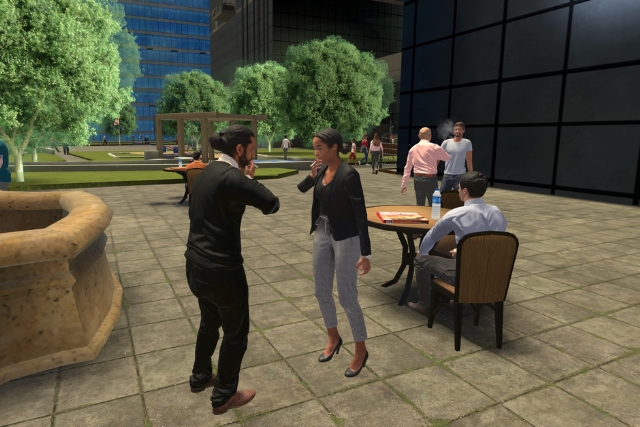
CBD
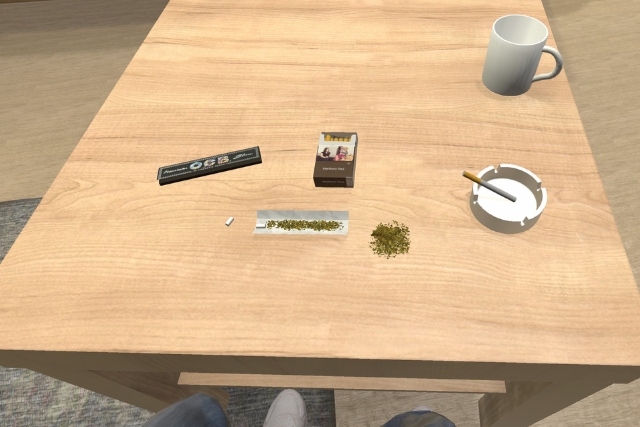
CBD
CBD addiction can develop when its consumption becomes an escape from difficult emotions or a systematic response to stress. This behavior can lead to psychological dependence, making it harder to cope with situations without resorting to its use. Exposure environments and artificial intelligence enable users to confront consumption-related contexts in a controlled setting with appropriate support.
Inhaled substances
The consumption of inhaled substances is associated with a method of administration that intensifies the desired effect, leading to rapid and powerful dependence. This addiction may stem from the need for immediate relief or the pursuit of intense sensations. Exposure helps individuals better understand their associated habits and develop alternative strategies to manage cravings.
Inhaled substances
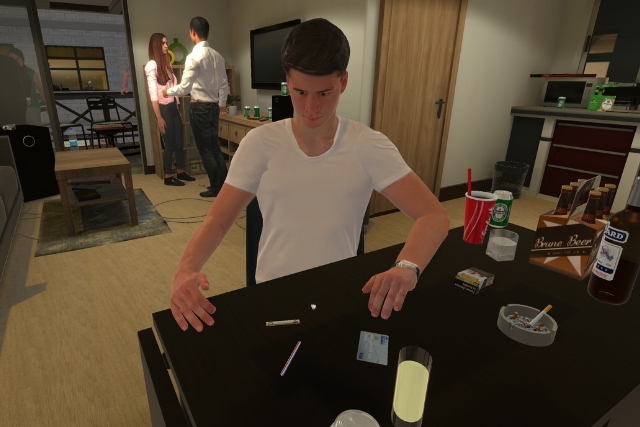
Gambling
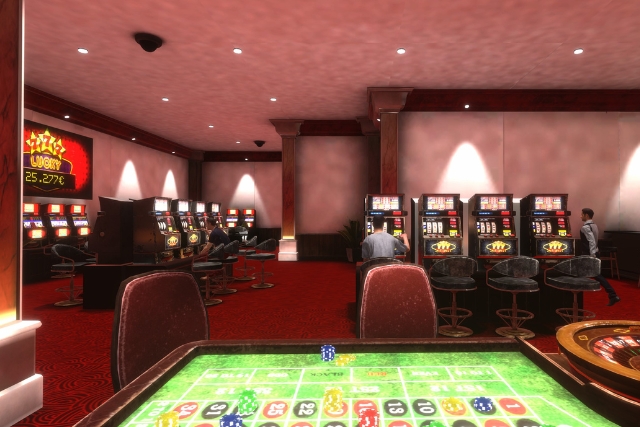
Gambling
Gambling addiction is often driven by the hope of winning or the thrill of taking risks. This dependency can lead to a loss of control, affecting finances, social relationships, and overall well-being. Environments such as casinos allow for gradual exposure to gambling contexts, helping individuals identify the triggers of compulsive behavior and regain control.
Lives changed thanks to our method.
An approach based on CBT (Cognitive Behavioral Therapy)
Based on the cognitive-behavioral approach, our solutions help deconstruct limiting thought patterns and rebuild confidence in one’s abilities.
By recreating realistic virtual environments, exposure enables individuals to confront their fears or stressful situations while being supported. It allows for safe, controlled, and gradual exposure to anxiety-provoking or phobic situations.
They testify to the effectiveness of C2Care !

Emilie C - User
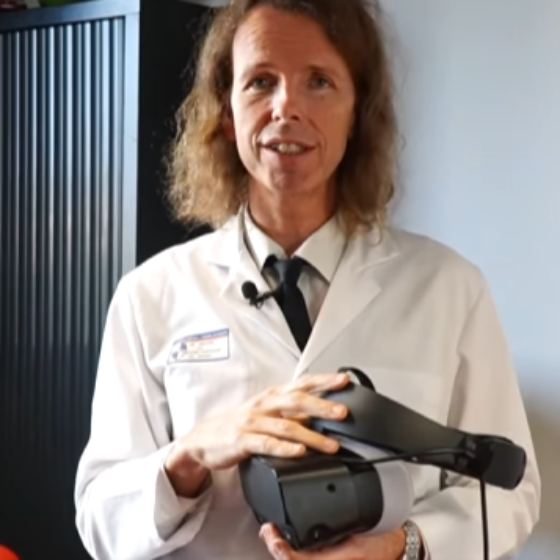
Dr Eric Malbos - Psychiatrist
In terms of effectiveness it is more effective
than traditional CBT and can be done in the
office or hospital. We also see, as studies like
the one by Garcia Palacios show, that there
is a better motivation, patients are more
motivated to do this therapy than traditional
therapies.

Eric B - User
At 40, I decided to get my life back on track after years of smoking and excess. Realizing I was out of breath on the stairs, I decided to quit smoking. Thanks to my therapist, I overcame this addiction. Today, I climb the stairs without suffocating and feel much younger !

Emma P - User
I’ve been trying to quit for 5 years. I tried everything: nicotine patches, hypnosis, vaping. Desperate. Thank you C2Care. It’s been over a year since I started my virtual reality exposure therapy. I haven’t touched a single cigarette since.

Jordan Fannis - Psychologist
I saw in the field what it brings to my patients, satisfaction, and then with a little bit of gamification, we enjoy going to work. It creates a kind of connection between my patients and me.
Do you need further information or have any specific questions ?
Our environments in image









